On the highway of heat transfer, thermal energy is moved by way of quantum particles called phonons. But at the nanoscale of today’s most cutting-edge semiconductors, those phonons don’t remove enough heat. That’s why Purdue University researchers are focused on opening a new nanoscale lane on the heat transfer highway by using hybrid quasiparticles called “polaritons.” Credit: Purdue University photo/DALL-E.
Category: quantum physics – Page 348
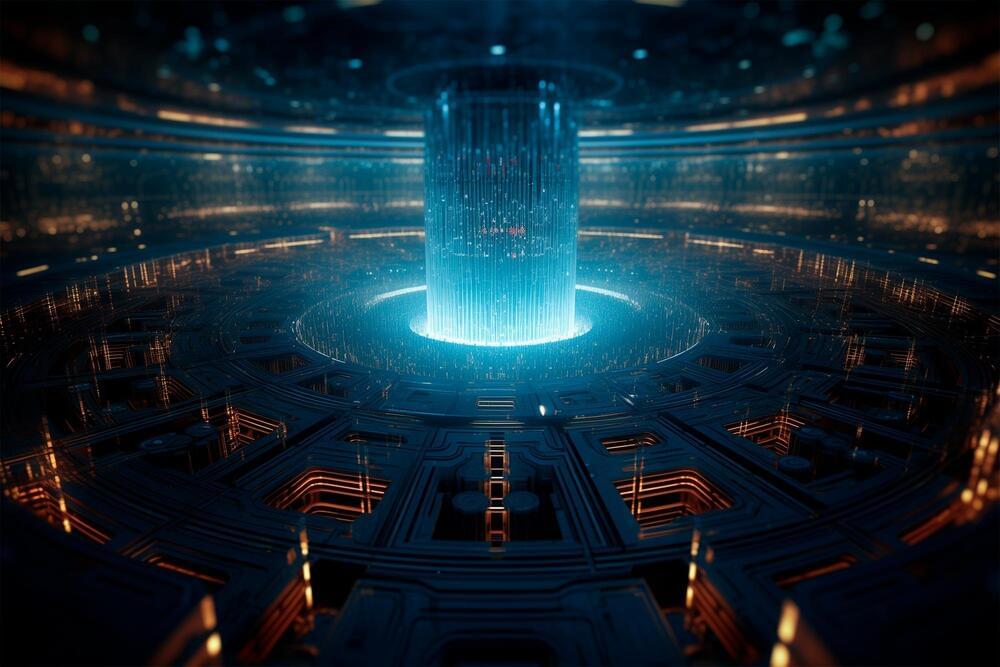
Quantum Leap: Princeton Physicists Successfully Entangle Individual Molecules for the First Time
In work that could lead to more robust quantum computing, Princeton researchers have succeeded in forcing molecules into quantum entanglement.
For the first time, a team of Princeton physicists has been able to link together individual molecules into special states that are quantum mechanically “entangled.” In these bizarre states, the molecules remain correlated with each other—and can interact simultaneously—even if they are miles apart, or indeed, even if they occupy opposite ends of the universe. This research was published in the journal Science.
Molecular entanglement: a breakthrough for practical applications.
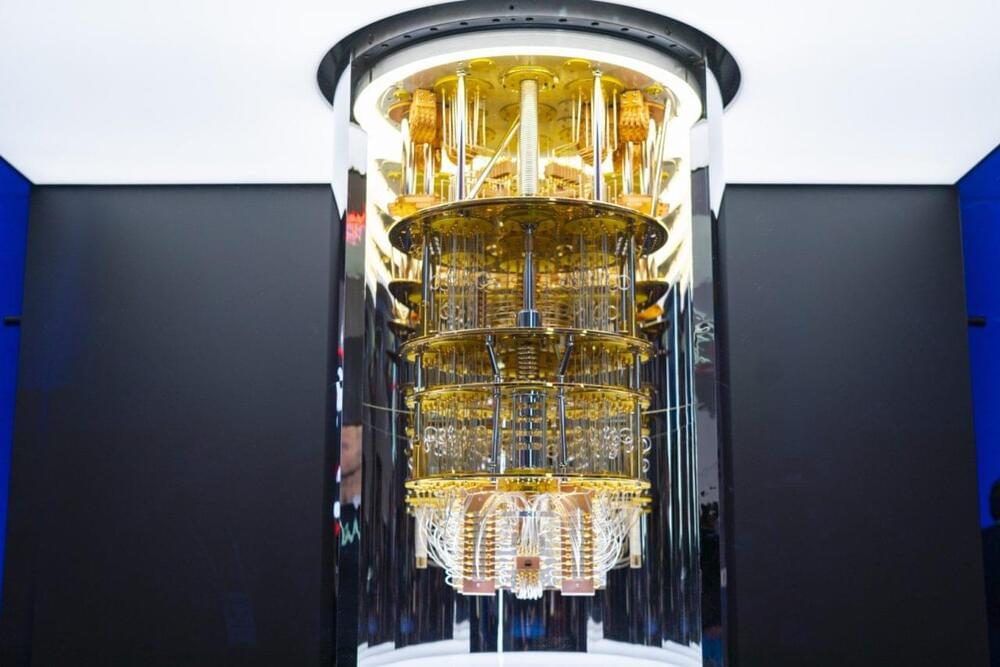
EU declares aim to become ‘quantum valley’ of the world
Q-day (the day when quantum computers will successfully actually break the internet) may be some time away yet. However, that does not mean that companies — and states — shouldn’t hop on the qubit bandwagon now so as not to be left behind in the race for a technology that could potentially alter how we think about life, the Universe, and well… everything.
Spurred on by a discourse that more and more revolves around the concept of “digital sovereignty,” 11 EU member states this week signed the European Declaration on Quantum Technologies.
The signatories have agreed to align, coordinate, engage, support, monitor, and all those other international collaboration verbs, on various parts of the budding quantum technology ecosystem. They include France, Belgium, Croatia, Greece, Finland, Slovakia, Slovenia, Czech Republic, Malta, Estonia, and Spain. However, the coalition is still missing some quantum frontrunners, such as the Netherlands, Ireland, and Germany, who reportedly opted out due to the short time frame.
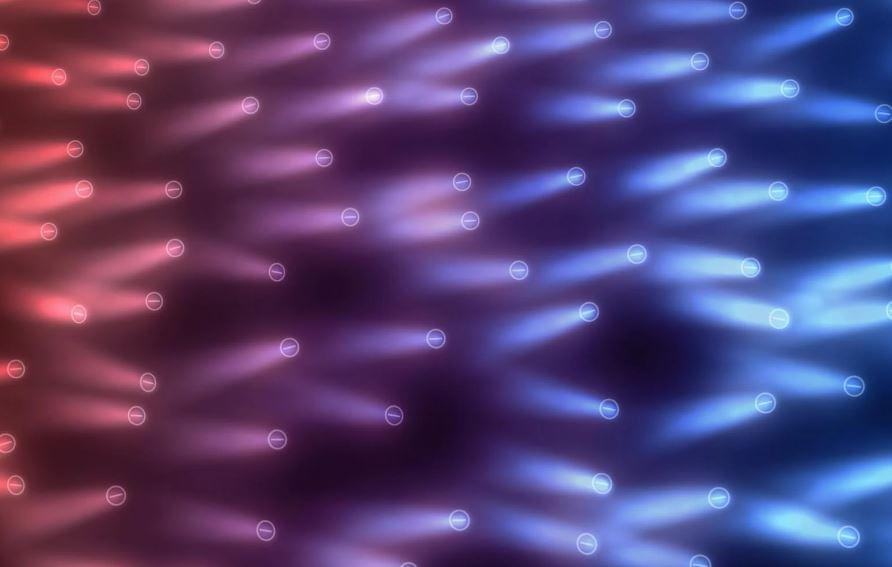
Researchers show an Old Law still holds for Quirky Quantum Materials
Long before researchers discovered the electron and its role in generating electrical current, they knew about electricity and were exploring its potential. One thing they learned early on was that metals were great conductors of both electricity and heat.
And in 1,853, two scientists showed that those two admirable properties of metals were somehow related: At any given temperature, the ratio of electronic conductivity to thermal conductivity was roughly the same in any metal they tested.
This so-called Wiedemann-Franz law has held ever since — except in quantum materials, where electrons stop behaving as individual particles and glom together into a sort of electron soup.
When do we become Cyborgs? The AI Quantum Biological Monster
An exploration of the merging of biology, AI and quantum computing and the spooky implications of it. My Patreon Page: https://www.patreon.com/johnmichaelgodi…
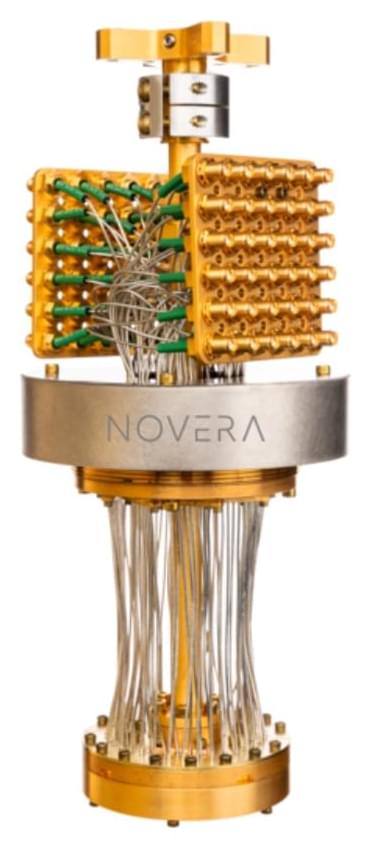

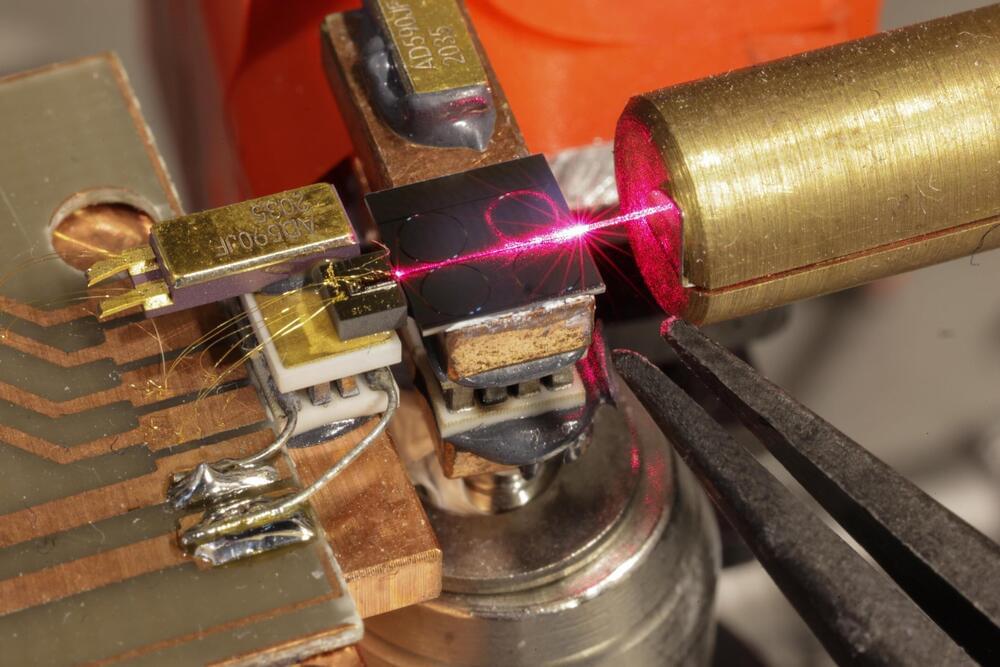
A micro-ring resonator with big potential: Hybrid device significantly improves laser technology
The team at EPFL’s Photonic Systems Laboratory (PHOSL) has developed a chip-scale laser source that enhances the performance of semiconductor lasers while enabling the generation of shorter wavelengths.
This pioneering work, led by Professor Camille Brès and postdoctoral researcher Marco Clementi from EPFL’s School of Engineering represents a significant advance in the field of photonics, with implications for telecommunications, metrology, and other high-precision applications.
The study, published in the journal Light: Science & Applications, reveals how the PHOSL researchers, in collaboration with the Laboratory of Photonics and Quantum Measurements, have successfully integrated semiconductor lasers with silicon nitride photonic circuits containing microresonators. This integration results in a hybrid device that emits highly uniform and precise light in both near-infrared and visible ranges, filling a technological gap that has long challenged the industry.
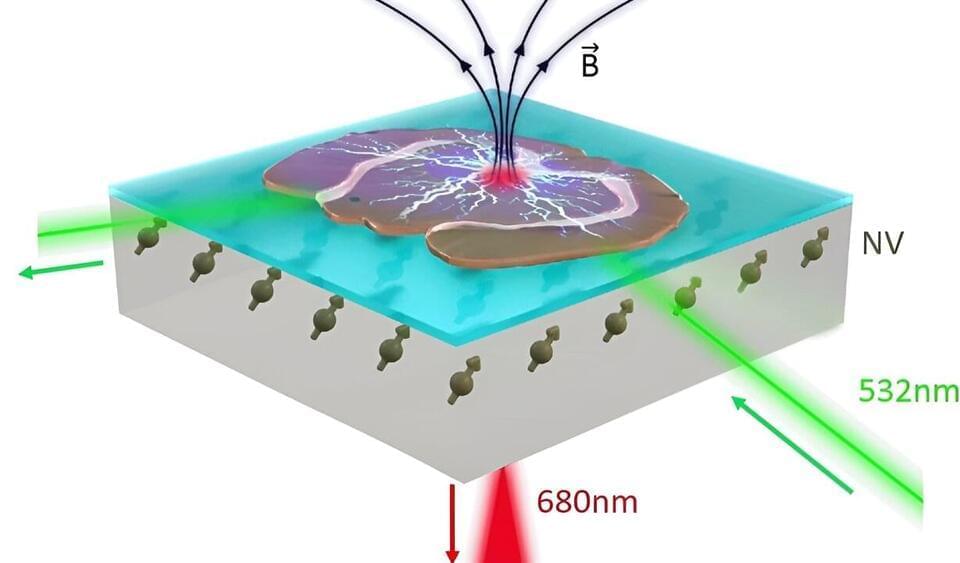
Diamond quantum sensors measure neuron activity
A recent study by European scientists shows that highly sensitive sensors based on color centers in a diamond can be used to record electrical activity from neurons in living brain tissue. The work is published in the journal Scientific Reports.
Before people encounter symptoms of brain diseases such as dementia, slight changes have usually occurred already in the brain tissue. It may be that parts of the brain are swelling up or clumps of proteins are forming. These small changes might influence how nerve cells in the brain signal each other and communicate, how information is processed and memorized.
Medical scientists want to study these minor changes that occur in the very early stages of a disease. That way, the intention is to learn more about the causes of the disease to provide new insights and more efficient treatments. Today, microscopic studies on the brain are performed with one of two strategies: Optical inspection of brain tissue samples from animals or deceased patients that suffer from the studied disease or measurements of the signals from the nerve cells using wires, coloring, or light.
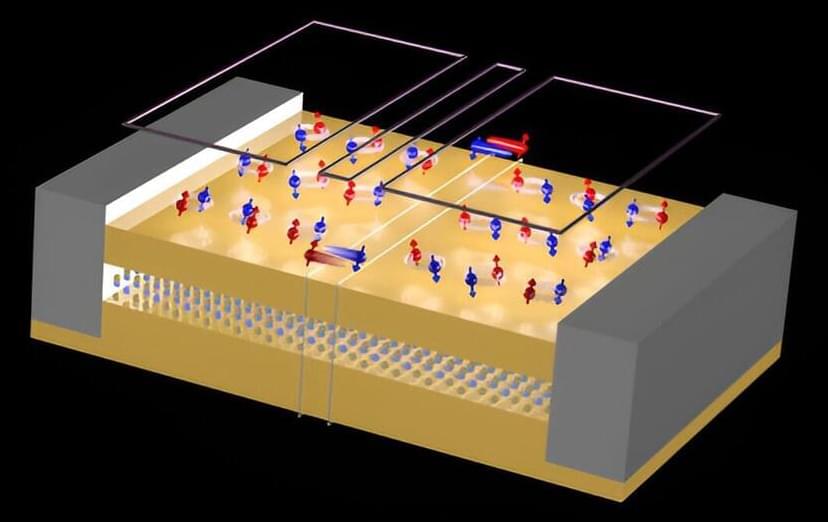
A superconducting junction made from a single 2D material promises to harness strange new physics
Physicists at RIKEN have developed an electronic device that hosts unusual states of matter, which could one day be useful for quantum computation.
When a material exists as an ultrathin layer—a mere one or a few atoms thick—it has totally different properties from thicker samples of the same material. That’s because confining electrons to a 2D plane gives rise to exotic states. Because of their flat dimensions and their broad compatibility with existing semiconductor technologies, such 2D materials are promising for harnessing new phenomenon in electronic devices.
These states include quantum spin Hall insulators, which conduct electricity along their edges but are electrically insulating in their interiors. Such systems when coupled with superconductivity have been proposed as a route toward engineering topological superconducting states that have potential application in future topological quantum computers.